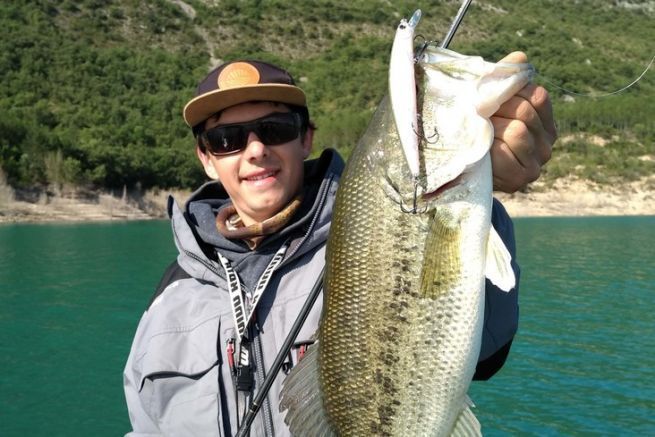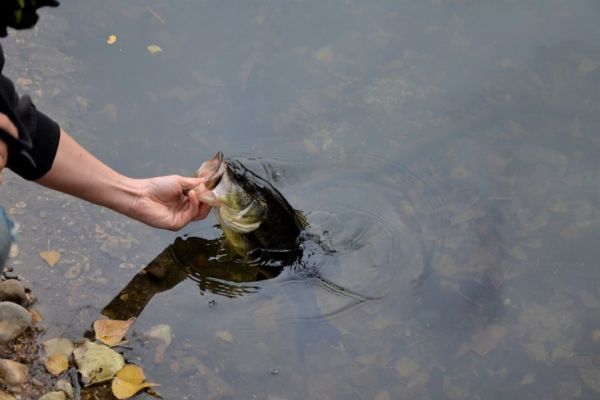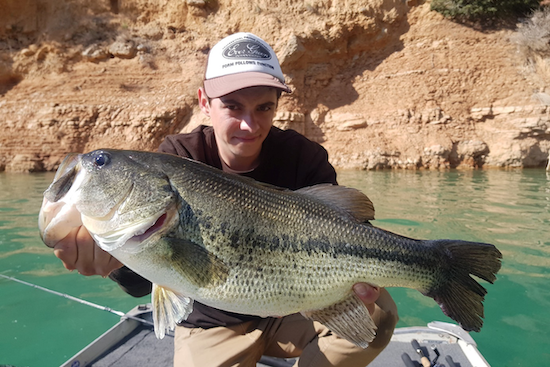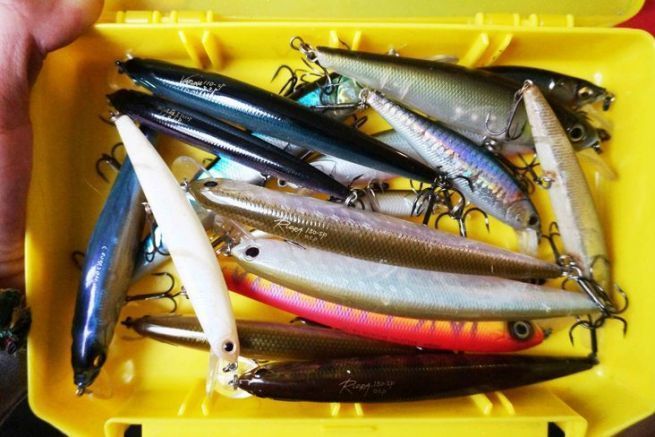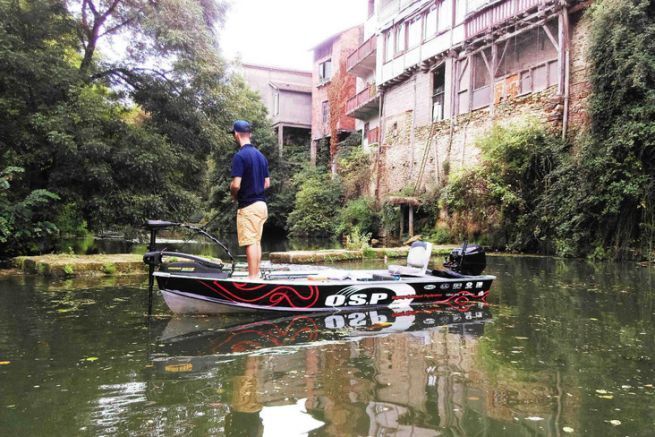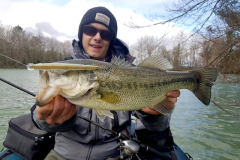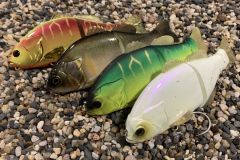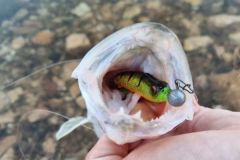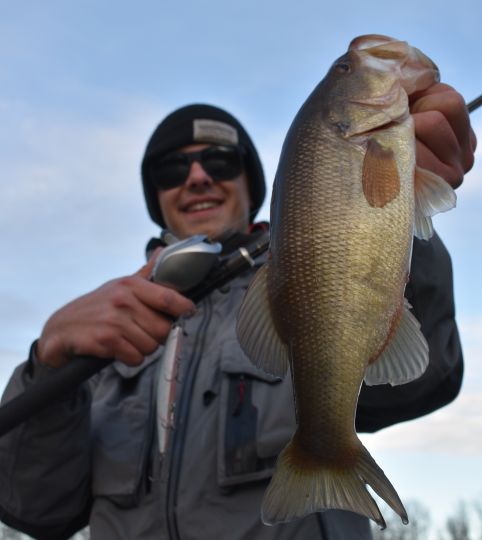
Manage your banner
In addition to the technical points discussed in previous articles, what connects all jerkbaits is their ability to make clean, precise stops and starts. Indeed, this is the key point of minnow fishing!
When you pause, it is imperative that you do not set the lure in motion other than by a sharp and sudden jerk. The slightest movement of straight forward movement of the lure, will very often lead to a total disinterest of the black-bass. This must therefore be taken into account in your animation and the management of the slack in your line.
Between each jerk, your line must therefore have enough slack (the "slack" in the jargon) to allow the lure to stop and start cleanly. Your reel should therefore only be used to catch the excess slack. It should never cause your lure to swim straight. Therefore, when you start a jerk, your line will be slightly slack on the surface, and the same goes for your break.
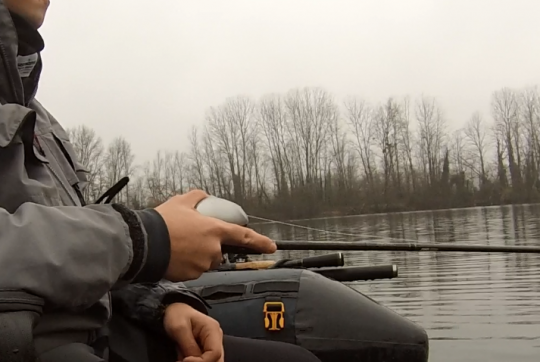
Detect the
You're probably wondering how to detect the key. Several options: either the attack is violent enough and you'll feel that you're being "picked up" during the pause, often with that characteristic "toc". It's also recommended to watch your banner, which makes it easy to detect keys on pauses. Otherwise, it is very often possible to smell the fish during your next animation (and to hook it at the same time). Indeed, the fish can seize the lure without detecting it during the pause, but this is often the result of a reflex attack due to the lightning restart of your minnow.
The reel ratio
A small aside on reels: ratios of 6 to 7 are generally more suitable, allowing fishing at adequate speed and retrieving the banner more accurately than a high ratio. I also recommend the use of a compact and light casting reel for ergonomic reasons. On the other hand, a spinning will be relevant to use small minnows of less than 9cm, especially if you want to cast far.
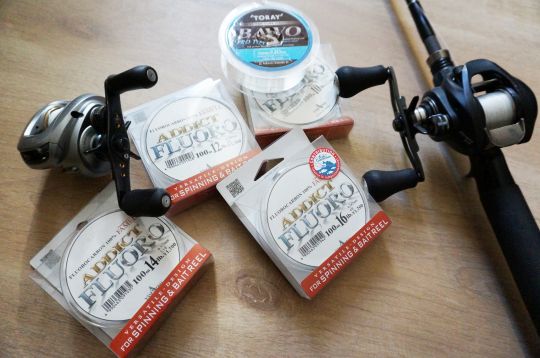
What kind of line?
Final details on the lines. Personally I have a clear preference for the fluorocarbon spoon directly on the casting reel.
I use a line with a resistance of 10lb to 16lb (about 25/100 to 35/100) depending on the size of the lures and hooks, the cover, but also the depth at which I wish to fish. The thinner the line is, the deeper it allows you to go down, its resistance to water being less.
Moreover the fluoro is flowing, so it won't attract my lure to the surface and produce a banner like with braid in particular, and allows an excellent detection of keys with slack wire (which is not the case with braid and nylon, which are not sensitive when slackened).
However, you can use all three types of corps de ligne, each with their own advantages. On the other hand, on nylons or fluorocarbons that have served their time, in line body or trace, the memory of the wire can cause windings when the wire is about to slacken. This produces a slight forward movement of the lure during breaks, which can also affect the quality of your presentation! Who said the devil is in the details?

 /
/ 